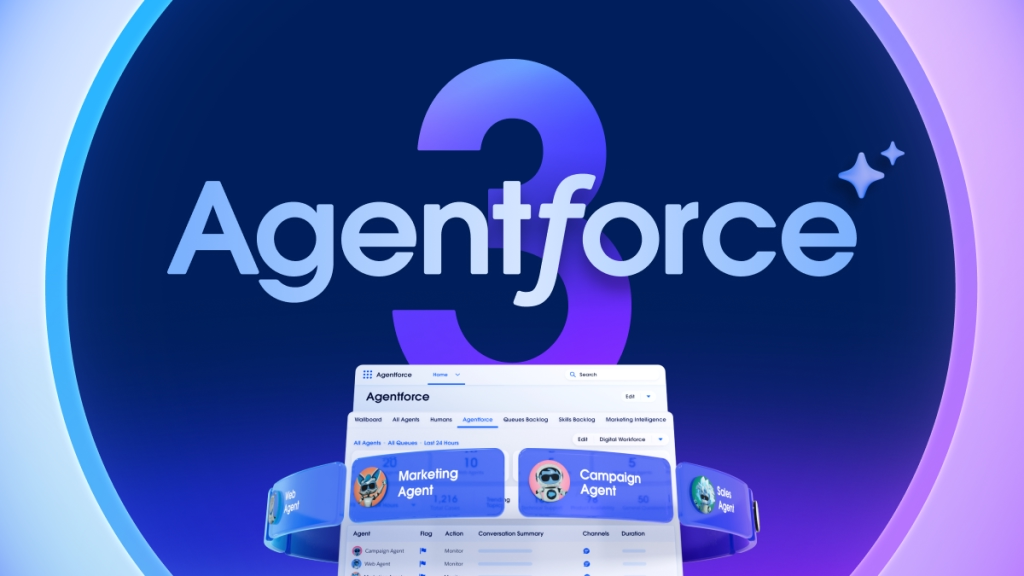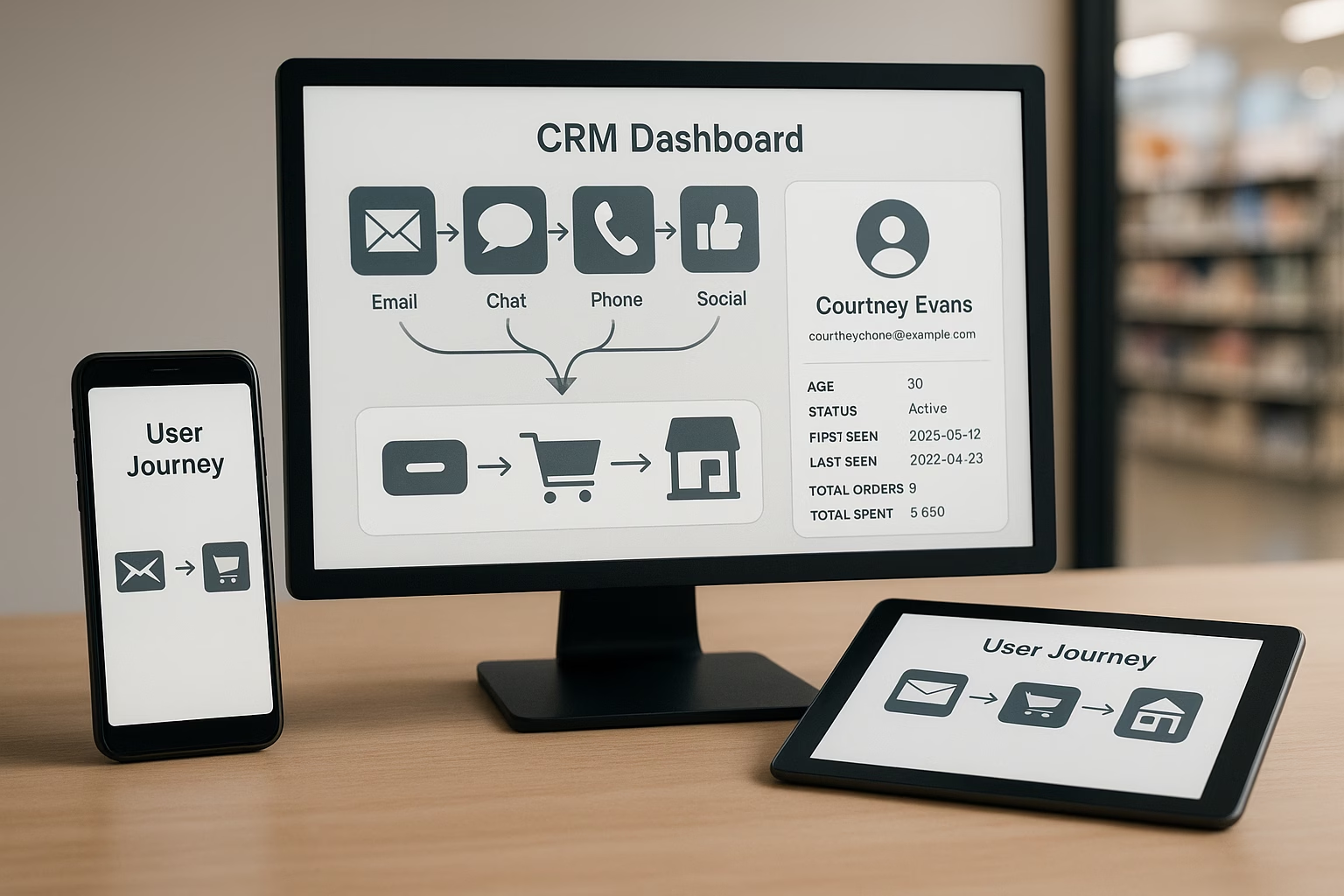By Martin H. Morrissette, Sirocco CMO – Book time with me
Let’s face it – documentation might not be the most glamorous part of running a business, but it’s absolutely essential. Think of it as the unsung hero, the secret sauce that turns confusion into clarity and chaos into streamlined efficiency. Good documentation is the backbone of any successful operation, guiding every decision and step with precision. Despite its reputation for being tedious, its value cannot be overstated. In fact, estimates suggest that the average knowledge worker spends about two and a half hours per day searching for the information they need. Proper documentation can significantly reduce this time, leading to increased productivity. In this blog post, we’ll explore why documentation is crucial for your business, how our solution health check can enhance it, and how we at Sirocco can assist you in maintaining top-notch documentation.
Who cares (and why)?
IT and business leaders need documentation to understand a system’s architecture, ensure compliance, and make informed strategic decisions. System administrators rely on detailed documentation to manage and troubleshoot the system, ensuring its smooth operation and minimising downtime. Clear and accessible documentation helps your end users effectively utilise your CRM and other sales, marketing or service solutions, leading to increased productivity and user satisfaction. Proper documentation also ensures compliance with industry regulations and standards, avoiding legal issues and potential fines. Good documentation practices help businesses like yours protect themselves from legal trouble and resolve any disputes that may arise.
What needs proper documentation?
Documentation serves as a comprehensive reference that guides decision-making, streamlines processes, and maintains the integrity of systems. It also plays a crucial role in ensuring quality and process control. By documenting every step of a process, it becomes easier to identify inefficiencies, reduce waste, and maintain consistency. Below is a list of key areas you should review for your organisation. This list may not be complete – every business is different – but it’s a start:
Entity Relationships (Data Model) – Understanding the relationships within your CRM system is crucial. This includes the connections between different data fields, tables, and databases, providing a comprehensive view of your data structure. Clear documentation of these relationships aids in data management and reporting.
Data Quality – High-quality data is the lifeblood of any CRM system. Regular data quality checks help identify and rectify issues such as duplicate records, incorrect entries, and missing data, ensuring the integrity of your information. Documenting data quality processes and standards helps maintain consistent data hygiene.
Integration Mapping – Your CRM system likely integrates with other systems in your organisation. Documenting these integrations—detailing what data is shared, when, and how—is key to ensuring smooth and efficient operations. This includes APIs, data transfer schedules, and error-handling procedures.
System Infrastructure – A deep understanding of the underlying infrastructure of your systems is essential. This includes documenting server configurations, network settings, software versions, master data, and dependencies that your system relies on for optimal performance. This information is critical for troubleshooting and upgrades.
User Updates – Tracking user updates, such as changes to security roles and teams, ensures that the right people have access to the right data at the right time, maintaining security and efficiency. Documentation should include procedures for granting, modifying, and revoking access.
Change Management – Documenting how changes are managed is also crucial. This encompasses the entire process, from feature requests and approvals to development, testing, and deployment, ensuring a structured and transparent workflow. This documentation should also include a change log and rollback procedures.
Disaster Recovery & Business Continuity – Having documented procedures for system failures or disruptive events is critical. This ensures that your business can quickly recover and continue operations with minimal downtime. Documentation should include backup schedules, recovery steps, and roles and responsibilities during a disaster.
Performance Metrics – Documenting performance metrics helps identify areas for improvement. Regularly reviewing these metrics ensures that your CRM system operates at its best. Metrics might include system uptime, response times, and user satisfaction scores.
Training Materials (including onboarding) – Comprehensive documentation should include user guides, training materials, and FAQs. These resources help users understand how to effectively use the system, enhancing overall productivity and increasing user adoption. Onboarding documentation should be clear and concise to facilitate quick learning.
Regulatory Compliance – If your system is subject to regulatory requirements (such as GDPR, HIPAA, or SOX), these should be thoroughly documented to ensure compliance and avoid legal issues. Documentation should include data protection policies, audit logs, and procedures for handling data breaches.
Marketing and Sales Processes – Documenting your marketing and sales processes is essential for consistency and efficiency. This includes lead generation strategies, sales funnels, customer touchpoints, and conversion metrics. Clear documentation ensures alignment across teams and helps identify areas for improvement.
Operational Procedures – Any other activity that requires several steps to complete should be documented. This includes standard operating procedures (SOPs) for tasks such as inventory management, customer service protocols, and financial reporting. Well-documented procedures ensure consistency and quality across operations.
How to document
Understanding what to document is just the beginning, now let’s determine how to document effectively. The first step is to establish a standard format. Creating a consistent format for all documentation ensures clarity and uniformity. This might include using templates for different types of documents, adopting standard terminology, and maintaining a consistent layout throughout. Language plays a crucial role in documentation. Clear and concise language should be used to make the documentation understandable for all users, including those who may not have a technical background. However, it’s important to note that certain aspects of documentation, such as system infrastructure and integration mapping, may require a more technical tone and language due to their complex nature and the need for precise communication among technical professionals. Conversely, training materials for users should be crafted with simplicity and understandability in mind, catering to a broader audience.
The goal is to communicate information effectively to a diverse range of users. Documentation should not be static but treated as a living document, regularly updated to reflect system changes, user feedback, and emerging best practices. Establishing a schedule for reviewing and updating documentation ensures its relevance and accuracy over time. Visual aids like diagrams, flowcharts, and screenshots can greatly enhance the clarity of your documentation. These visual aids complement the text and provide a clearer understanding of complex processes and relationships. Collaboration with stakeholders, including end-users, in the documentation process is essential. Their insights can help ensure that the documentation is comprehensive and practical, addressing the real needs and concerns of those who use the system daily. Balancing the technical depth for different types of documentation is key to ensuring comprehensive and effective communication.
Sirocco’s Health Check & Documentation Services
A solution health check is a comprehensive review of your CRM system. It assesses all the areas mentioned above and more, identifying strengths and areas for improvement. Regular health checks ensure that your CRM system remains in top shape, ready to support your business needs. As a leading CRM consultancy, we understand the challenges of maintaining good documentation. We offer a range of services to help, including solution health checks, documentation improvement, and recommendations based on lean agile and systems thinking principles. Don’t miss out on the benefits of excellent documentation. It is key to understanding your CRM and other system, maximising its capabilities, and ensuring its smooth operation. Let us assist you with this crucial task. Contact us today for our health check and discover how we can enhance your documentation, ensuring your business operates at its full potential.










